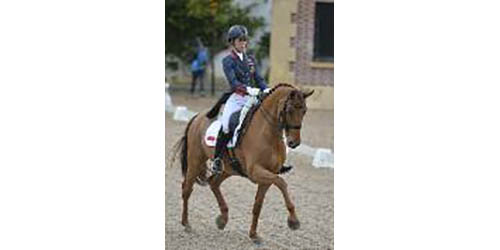
Analysis by Christopher Hector: Recently British dressage identity David Pincus raised the issue of the direction of dressage breeding in the pages of Britain’s Horse & Hound. He suggested that the various breed societies had lost their way: “Anybody looking for potential top dressage horses will confirm the large number of mediocre horses around; this is after years of careful, selective, specialised breeding. So why is the Grand Prix horse such a rare, expensive commodity? One that piaffes well is even rarer.
“The breed societies and studbooks created to guide breeders, set aims and standards and oversee their implementation have lost their way. They are so taken by the hype and glitz of the circus around stallion licensing and young horse competitions, it’s been to the detriment of the sport.
“In the early days of European studbooks, the aim was to breed a useful, all-round horse. The stallion selections were done with this in mind, the stallions all showing workmanlike traits. Gradually, generation after generation, undesirable genetic traits were eliminated and better qualities emphasized. There were significant positive changes to the type, quality and ability of ridden horses.
“More recently, discipline specialisation became the norm, but stallions were still selected with their long-term positive contribution and influence in mind. This specialization started to go wrong when we found that some stallions produced only young horse stars, with little long-term positive contribution.
“In spite of this, these stallions maintained their popularity with commercial breeders. The breed societies should have intervened to steer the ship back on course. Instead, they went a step further and my impression is that, for many, the aim is now just to get a stallion through the licensing.
“To illustrate, these are two traits that cause me concern: I grew up believing that a good horse offers maximum results with minimum effort. Today, three-year-old stallions have to create an optical illusion of balance, energy and power, despite only trotting in-hand. This hyperflexion of the hindleg comes at the expense of strength and ability to brace and support body mass. It looks impressive but it is like stepping in quicksand, detrimental to the horse’s ability to perform collected exercises such as piaffe and canter pirouettes...




